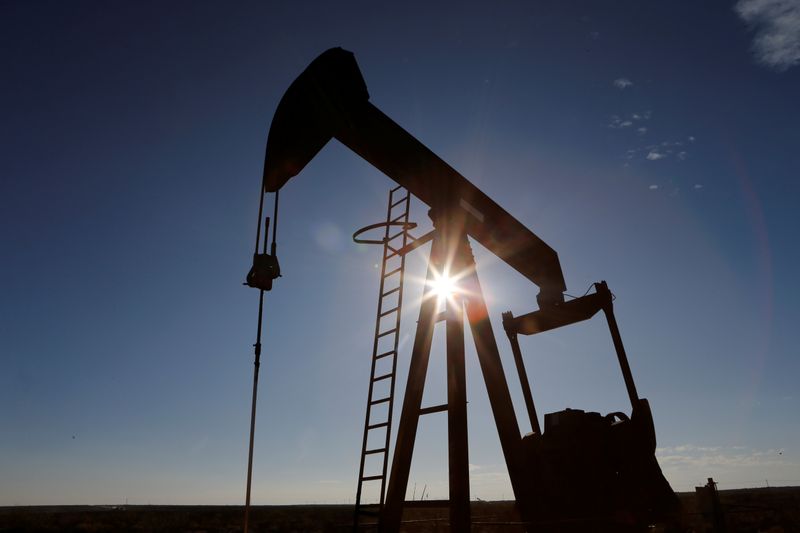By Sonali Paul
MELBOURNE (Reuters) - Oil prices were steady in early trade on Tuesday, sitting on losses of nearly 3% from the previous session after supplies began to resume in Norway and the U.S. Gulf of Mexico and Libya resumed production at its largest oilfield.
The return of supply comes as resurgent COVID-19 infections in the U.S. Midwest and Europe raise worries about fuel demand growth, posing a challenge for the Organization of Petroleum Exporting Countries and its allies, together called OPEC+.
OPEC+ has curbed supply to help shore up oil prices amid coronavirus pandemic, with cuts of 7.7 million barrels per day due to hold through December. The producers' market monitoring panel is due to meet next Monday.
"It won't be a huge surprise if finally the alliance decides to address the worsening situation and amend its action," Rystad Energy's head of oil markets, Bjornar Tonhaugen, said in a note.
U.S. West Texas Intermediate (WTI) crude (CLc1) futures inched up 1 cent to $39.44 a barrel at 0117 GMT, while Brent crude (LCOc1) futures rose 2 cents to $41.74 a barrel.
With workers returning to U.S. Gulf of Mexico platforms after Hurricane Delta and Norwegian workers returning to rigs after ending a strike, all eyes were on Libya, a member of the Organization of the Petroleum Exporting Countries (OPEC), which on Sunday lifted force majeure at the Sharara oilfield.
The country's total output on Monday was at 355,000 bpd and will double if the Sharara field gets back to pumping at the 300,000 bpd it was producing before the Libyan National Army blockaded energy exports in January.
"That would effectively add 0.3% of global oil supply in a very short time frame," Commonwealth Bank commodities analyst Vivek Dhar said in a note.
Stoking worries about fuel demand, curbs were being tightened in Britain and the Czech Republic to battle rising cases of COVID-19, while French Prime Minister Jean Castex said he could not rule out local lockdowns.
